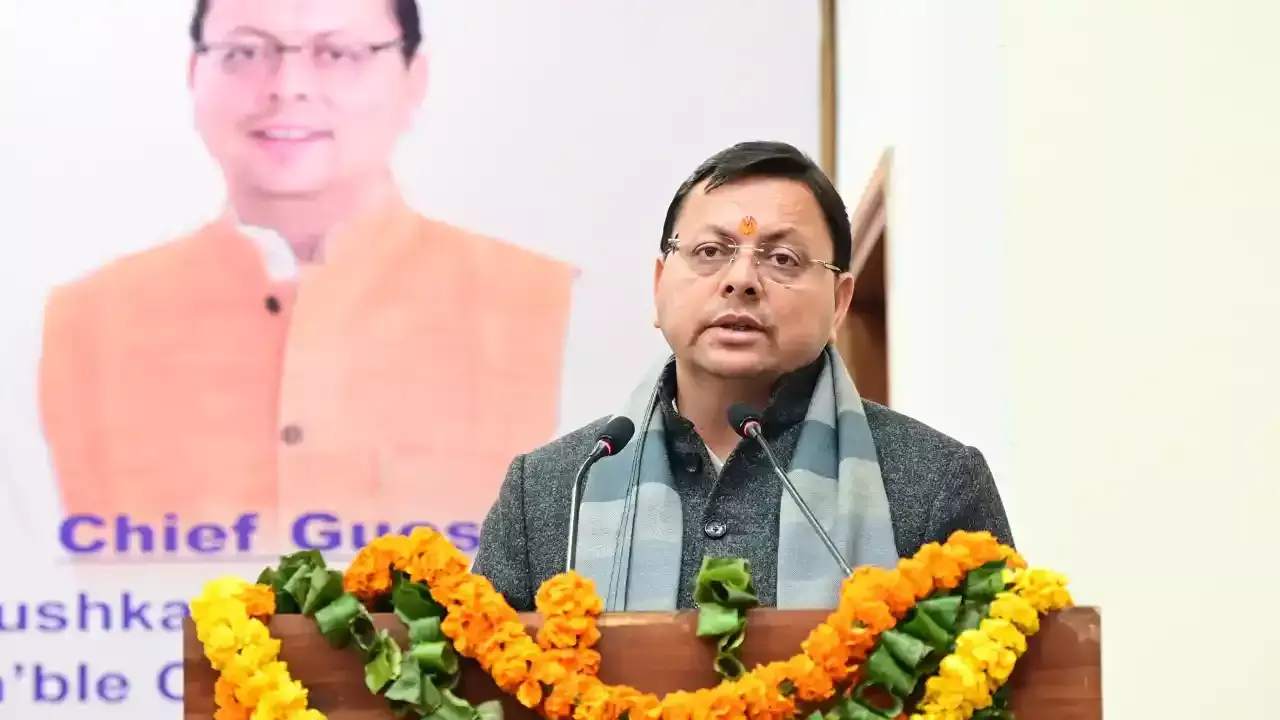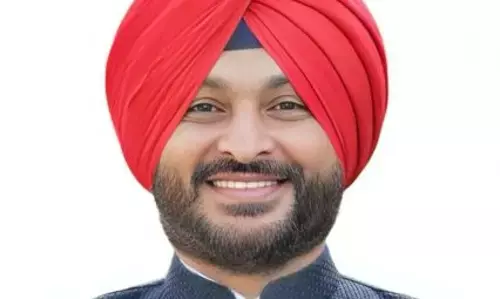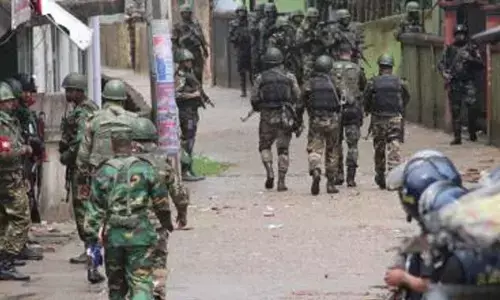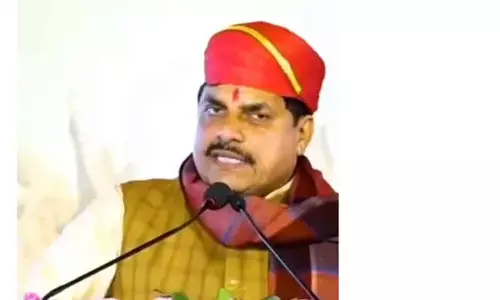Development & displacement

Acquiring land for public purposes like irrigation projects and other development projects besides industrial requirements often becomes controversial due to the problems of displacement. Both Telangana and Andhra Pradesh States are witnessing intense political debates on the issue of displacement and the rehabilitation of the displaced. The debate gets murkier as politics permeate into it.
Acquiring land for public purposes like irrigation projects and other development projects besides industrial requirements often becomes controversial due to the problems of displacement. Both Telangana and Andhra Pradesh States are witnessing intense political debates on the issue of displacement and the rehabilitation of the displaced. The debate gets murkier as politics permeate into it.
The parties in power cite the compulsions of development to defend displacement while the opposition sees an opportunity in the agony of the displaced. Amidst the fury of political mobilisation and counter mobilisation, the need to strike a balance between development and displacement is often amiss.
Land is a precious natural resource and is main source of livelihood. Land owners directly eke out their livelihood from the land. The economic and socio-cultural attachment with land is so strong that the displaced go to any extent to defend their right to land.
In fact, the land and its owners also provide livelihood for the landless labourers and artisans in the village. A blacksmith, a goldsmith, a shop keeper, a shepherd, a carpenter, a barber, a washer man, a priest etc survive because of the land and land-owning classes. Land acquisition and consequent displacement erode the livelihoods of both the land owners and a majority of the villagers who do not own the land but depend on the village.
Land acquisition and consequent displacement erode the livelihoods of both the land owners and a majority of the villagers who do not own the land but depend on the village. This fact is the reason why displacement often turns out into a humanitarian problem.
Thus the land acquisition policies cannot be driven by crude economics of development alone but should bear a human face. Any arbitrary land acquisition through official or non-official process is contrary to law and the Constitution
This fact is the reason why displacement often turns out into a humanitarian problem. Thus the land acquisition policies cannot be driven by crude economics of development alone but should bear a human face. Development is indispensable. The modern society needs irrigation schemes, power projects, transport utilities etc. They cannot be constructed in the sky. They have to come up on land.
Thus land acquisition is unavoidable at least for public purpose. Opposition‘s proclivity to oppose anything that government proposes is anathema to democracy. But, governments too cannot be illiberal in dealing with the issues emerging out of the process of land acquisition.
The task is how to make the process of land acquisition painless – how to convert a threat into an opportunity even for the displaced. This finer view is eclipsed by the cacophony of the debate and the politics surrounding it.
Till the 44th Constitution Amendment (notified in 1979), holding property was one of the Fundamental Rights under Part-III of the Constitution of India.
However, with the enactment of the 44th Constitution (Amendment) Act, the Right to Property has been made a legal right vide Article 300 A of the Constitution of India which provides as follows: Persons not to be deprived of property save by authorities of law; No person shall be deprived of his property save by authority of law.
A reading of these provisions reveals that though the State has a right to acquire land for a public purpose, the citizens have a legal right to property. Thus it can be inferred that citizens can be alienated from their land for a public purpose only by due process of law after suitably compensating them for disentitlement to their property.
Any arbitrary land acquisition through official or non-official process is contrary to law and the Constitution. Any process of rehabilitation should include, as defined by the Land Acquisition Act, both the land losers and livelihood losers. Social impact assessment should precede any process of land acquisition and rehabilitation.
Put limitations on acquisition of multi-crop land for safeguarding the food security. Enhance compensation to the land owners and rehabilitation and resettlement entitlements. Specified timelines for payment of compensation and provision of rehabilitation and resettlement entitlements should be in place. Such an approach would facilitate the process of land acquisition.
Though the competitive politics have muddied the process of land acquisition, improper and inadequate rehabilitation is the cause of growing unrest over the displacement. The 31st report of the Parliamentary Standing Committee on rural development on 'The Land Acquisition, Rehabilitation And Resettlement Bill, 2011' chaired by Sumitra Mahajan extensively discussed the problem across the country.
The committee observed that the persons displaced on account of major projects including government projects have not been settled or rehabilitated properly. The lands were acquired at a nominal price. Affected people lost their livelihood and community living. The apprehensions of the displaced population stem out of this experience of the affected population across the country. But, this problem is certainly not insurmountable.
Politics seep into an issue only where there is discontent. Otherwise even if politics try to creep into an issue, it cannot achieve its purpose. The task therefore is to evolve a strategy where the developmental needs of the people are fulfilled without mortgaging the welfare of the affected people.
The Act clearly defines the rehabilitation and resettlement entitlements for the affected people. These legal entitlements should be provided for. Ignoring these legal entitlements, any attempt to arrive at a negotiated settlement for displacement may prove to be arbitrary as there is an asymmetry of relationship between the affected people and the administration.
A voluntary displacement can be ensured if a person is assured of a minimum income equivalent to what he was earning prior to acquisition, if not more. Relief and rehabilitation should be provided for the entire community under the zone of influence.
A monitoring committee comprising the representatives of the affected communities should be constituted to oversee the process of land acquisition and subsequent rehabilitation process. This is essential to infuse confidence among the affected people.
Any displacement is always associated with the psychological trauma. Wherever possible, the authorities can even plan for complete relocation of the village as a unit to some other location with better social infrastructure. Ensure that the resettled population in the new village or colony can secure for themselves a reasonable standard of community life and can attempt to minimise the trauma involved in displacement. In case of acquisition of land for irrigation, the rehabilitation and resettlement should be completed at least six months prior to submergence of the lands proposed to be so acquired.
Even if the land acquisition is for a public purpose, the process cannot be dismissed as a mere commercial engagement between the State and the citizen. It’s unbecoming of a welfare State to ask a section of people to sacrifice their welfare for a development that shall not reach them, however imperative it may be. Instead, the governments can take the mandatory relocation of villages due to displacement as an opportunity to create model villages or colonies.
Such a model village or a colony of relocated displaced people can for instance, consist of infrastructure for improvement of environment like waste water treatment facility, sewage treatment, landfill sites and affluent treatment plants and creation of green belts, parks and gardens.
Social infrastructure like community-cum-marriage hall with open space and outdoor arrangement and vegetable and milk booth and shopping complex should be provided along with the other social amenities like schools, hospitals, improved housing etc.
The objective of such a strategy is to provide for infrastructural facilities and basic minimum amenities so that the resettled population can acquire for themselves a reasonable standard of community life and can attempt to minimise the trauma involved in displacement.
Such a humane approach to the problem would convert the involuntary displacement into a voluntary displacement while speeding up the process of development all over. It will bring political accolades to the people in power and shall not leave any scope for political opposition to fish in the troubled waters. The effort may be costlier but certainly not an impossible task.














